In August, in my hometown, the rice fields were green and spread out. The rains also began to fall, making the rice even greener, the rice fields were flooded.
This is also the time when children in my hometown go fishing for perch. Perch has thick, delicious meat and can be processed into many rustic dishes.
When it rains, the rice fields are full of water, flowing from one field to another, which is also the time when the tilapia swim along the water flow to find food. We children were taught by adults how to make a fish trap. Choose a place where the water flows, dig a hole about two or three hands deep, about two or three hands wide, the edge of the hole must be very smooth and slippery so that the fish can easily slide into the trap, the mouth of the hole must be hollowed out so that when the fish fall in they cannot crawl out.
Each of us kids usually made five to ten traps, working the night before and harvesting the fish the next morning. Every night we caught a few kilos.
In addition to the fish traps, each child in the countryside is given a few bamboo traps by their fathers or uncles, round in shape, nearly 1 meter long, with a guide at the mouth for the perch to eat food (food is soaked and sprouted rice).
We just choose fields with a lot of water, and the possibility of having a lot of fish, to set the traps. When setting the traps, we clear a large area of mud, put the rice sprouts down and stick the traps on top. The tilapia smell the aroma of the rice sprouts, go down to eat, when they are full, they come up and get stuck in the traps. We set the traps in the morning and empty them in the afternoon, or we set them in the afternoon and empty them early the next morning. Every day we can catch a few kilos of fresh tilapia...
Now, there are no more tilapia in the fields, but every time I pass by the green rice fields, filled with water after the rain, I see schools of tilapia swimming in the fields and remember the tilapia hunting seasons of the children in the past.
Source












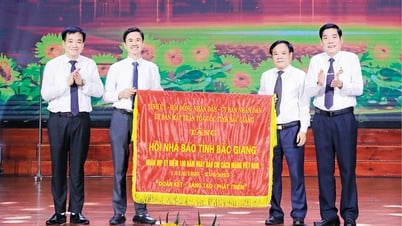

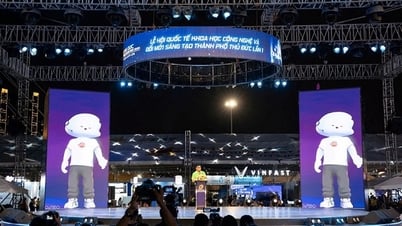








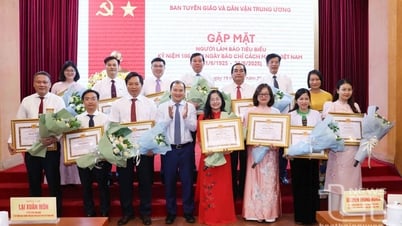
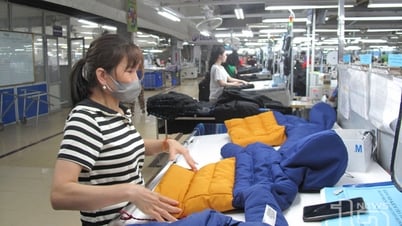
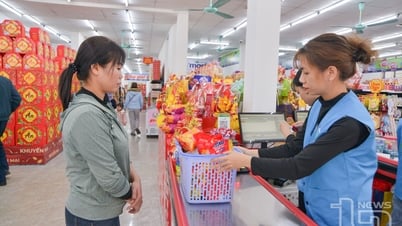







![[Maritime News] Wan Hai Lines invests $150 million to buy 48,000 containers](https://vphoto.vietnam.vn/thumb/402x226/vietnam/resource/IMAGE/2025/6/20/c945a62aff624b4bb5c25e67e9bcc1cb)






























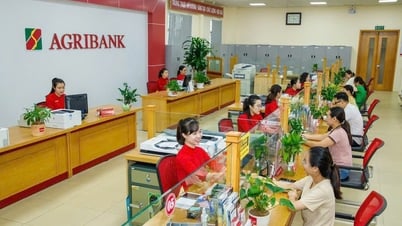
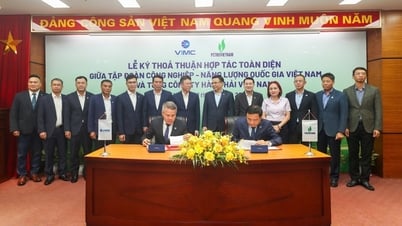








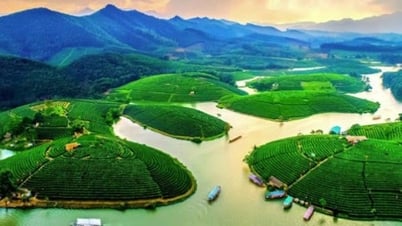

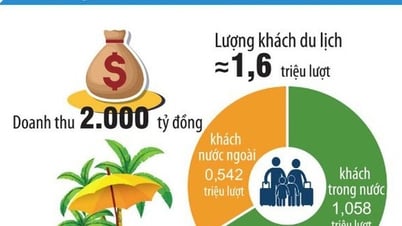
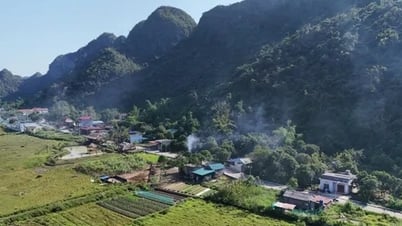
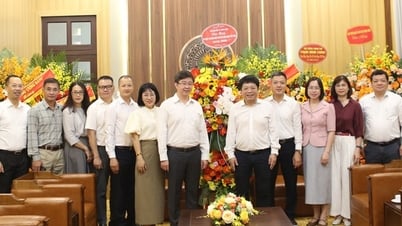



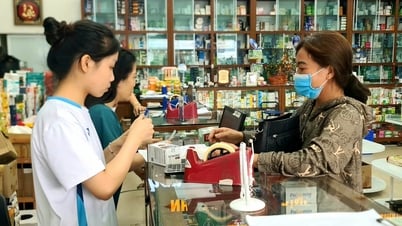



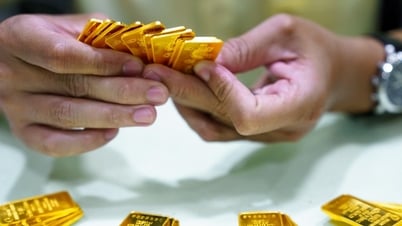


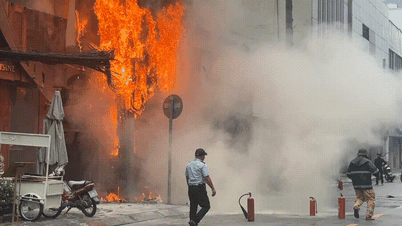
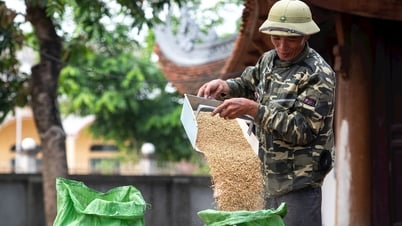











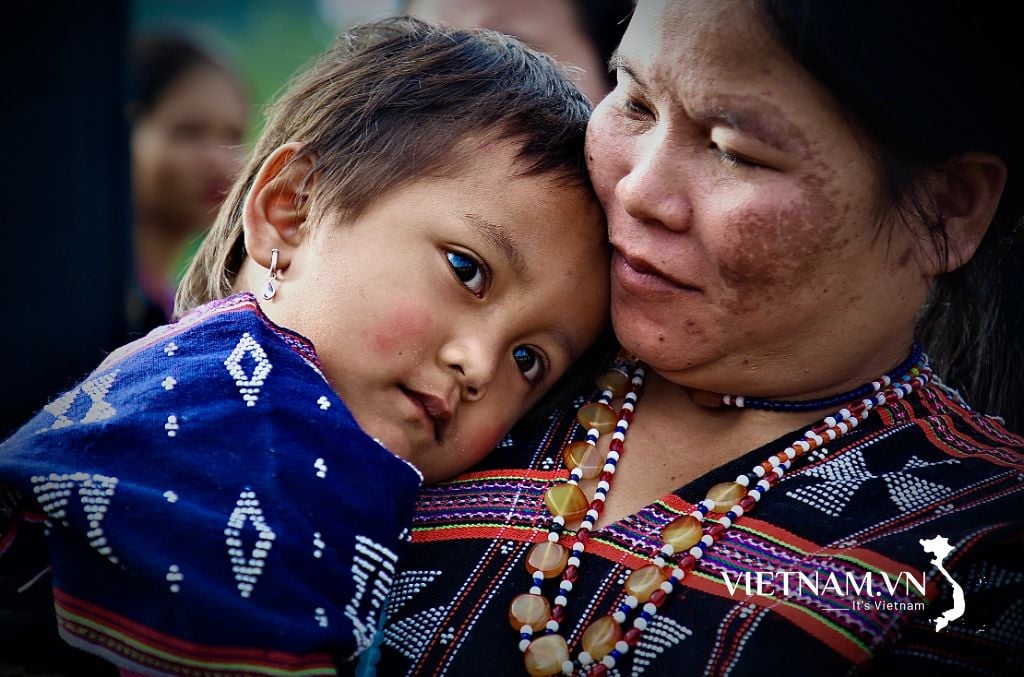
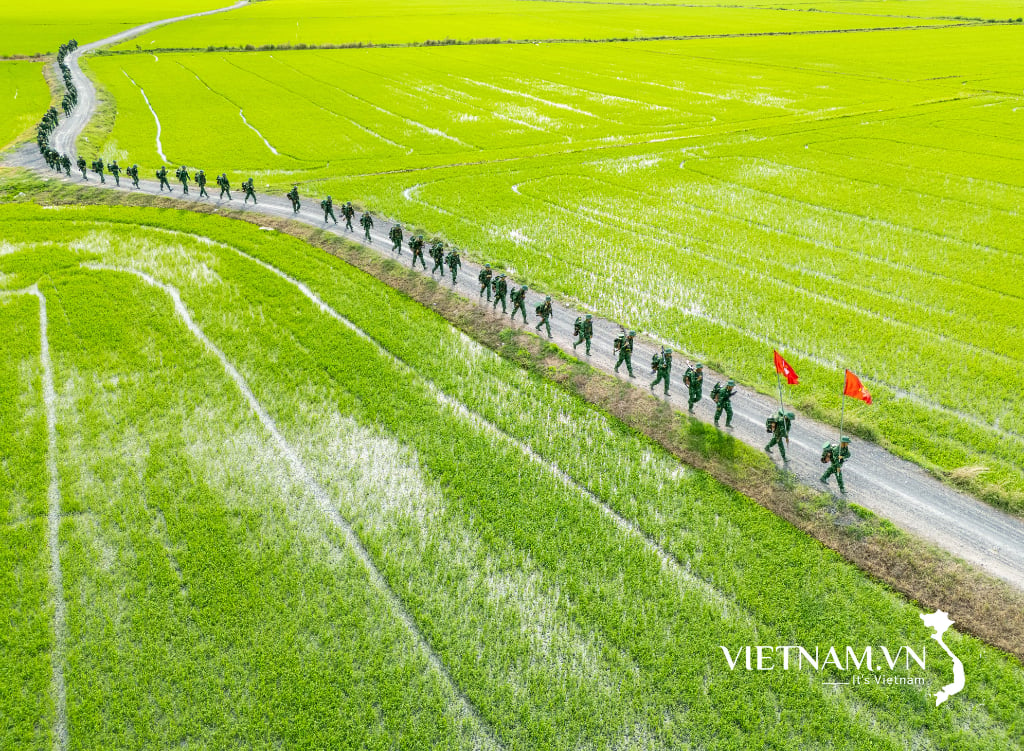
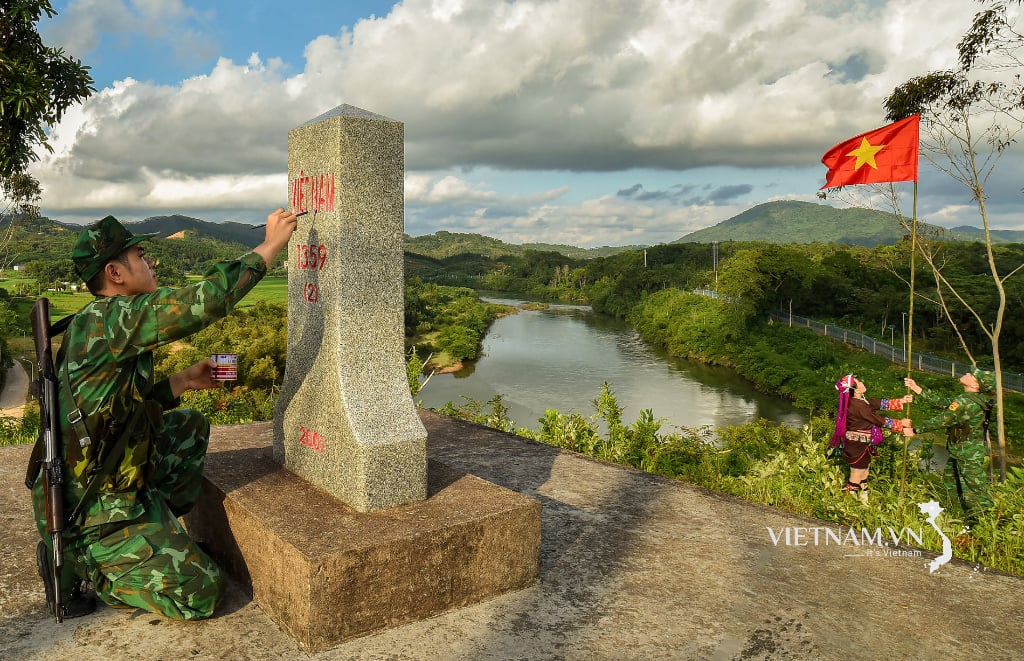
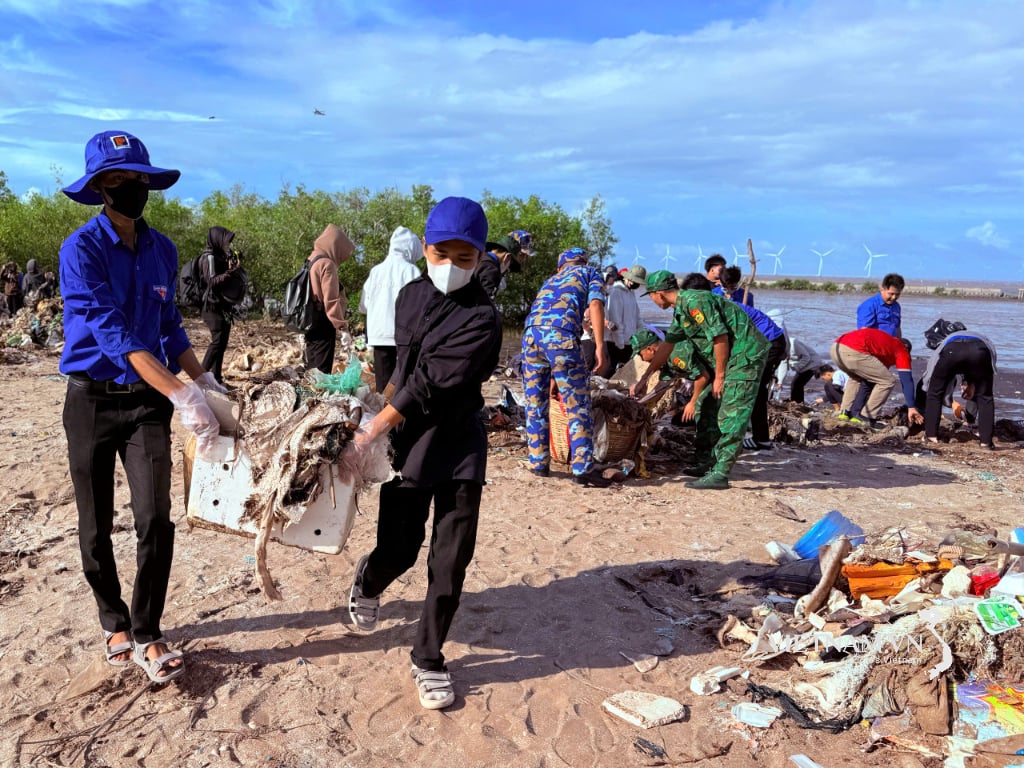
Comment (0)